Barry Cordage Blog
Meet Us at Verticon 2025 – Booth 11549
We are thrilled to be back in Dallas for Verticon 2025 (Formerly HAI Heli Expo)! Once again, we will be showcasing our iconic products to industry partners and clients from...
Meet Us at Verticon 2025 – Booth 11549
We are thrilled to be back in Dallas for Verticon 2025 (Formerly HAI Heli Expo)! Once again, we will be showcasing our iconic products to industry partners and clients from...
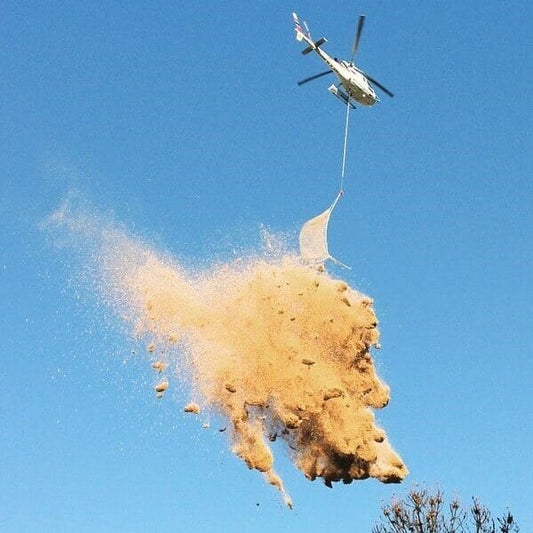
Product Spotlight: Barry Heli-Mulching Cargo-Ne...
Helicopter aerial mulching, or "hay bombing," is a specialized technique for land restoration. Learn how the Barry Heli-Mulching Cargo-Net delivers safe and efficient solutions for erosion control, wildfire rehabilitation, and...
Product Spotlight: Barry Heli-Mulching Cargo-Ne...
Helicopter aerial mulching, or "hay bombing," is a specialized technique for land restoration. Learn how the Barry Heli-Mulching Cargo-Net delivers safe and efficient solutions for erosion control, wildfire rehabilitation, and...
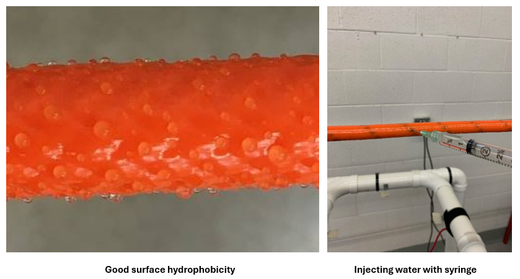
Comparative Electrical Testing of Portable Hot ...
Barry tested a D.E.W. Line rope with portable hot stick testers and a rope tester, comparing results to High Voltage (HV) testing.
Comparative Electrical Testing of Portable Hot ...
Barry tested a D.E.W. Line rope with portable hot stick testers and a rope tester, comparing results to High Voltage (HV) testing.
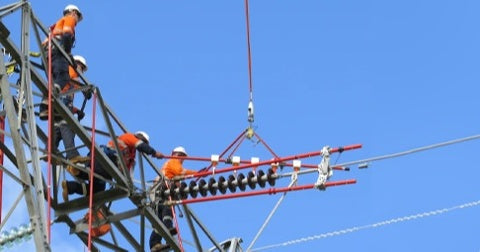
Benchmark for Pre-Use Electrical Testing Using ...
Barry D.E.W. insulating ropes are unique—they can be cleaned, maintained, and handled like hot sticks. Additionally, they can be tested using portable hot stick testers, such as those offered by...
Benchmark for Pre-Use Electrical Testing Using ...
Barry D.E.W. insulating ropes are unique—they can be cleaned, maintained, and handled like hot sticks. Additionally, they can be tested using portable hot stick testers, such as those offered by...
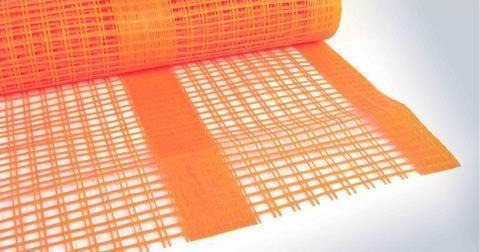
Mine Site Safety Fence: Barry's Innovation for ...
For over two decades, Barry has led the way in mine safety with its innovative safety fence, designed in Quebec for harsh mining environments. Lightweight, durable, and highly visible, it...
Mine Site Safety Fence: Barry's Innovation for ...
For over two decades, Barry has led the way in mine safety with its innovative safety fence, designed in Quebec for harsh mining environments. Lightweight, durable, and highly visible, it...
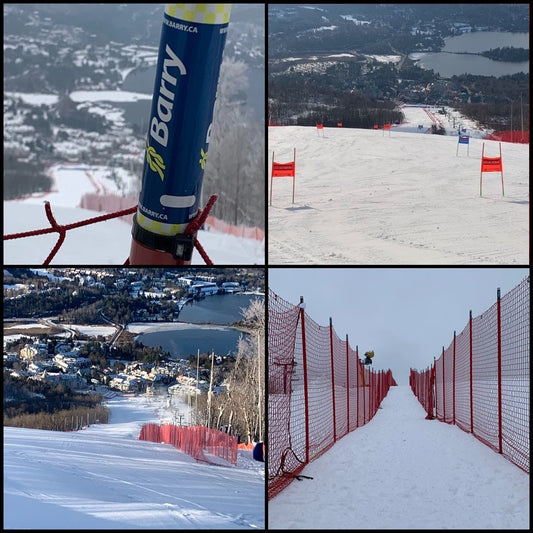
The Tremblant World Cup is underway this weekend!
We are honored to have our B-Net Systems installed at another World Cup Event and are looking forward to an exciting weekend of races on the notorious Flying Mile trail...
The Tremblant World Cup is underway this weekend!
We are honored to have our B-Net Systems installed at another World Cup Event and are looking forward to an exciting weekend of races on the notorious Flying Mile trail...
